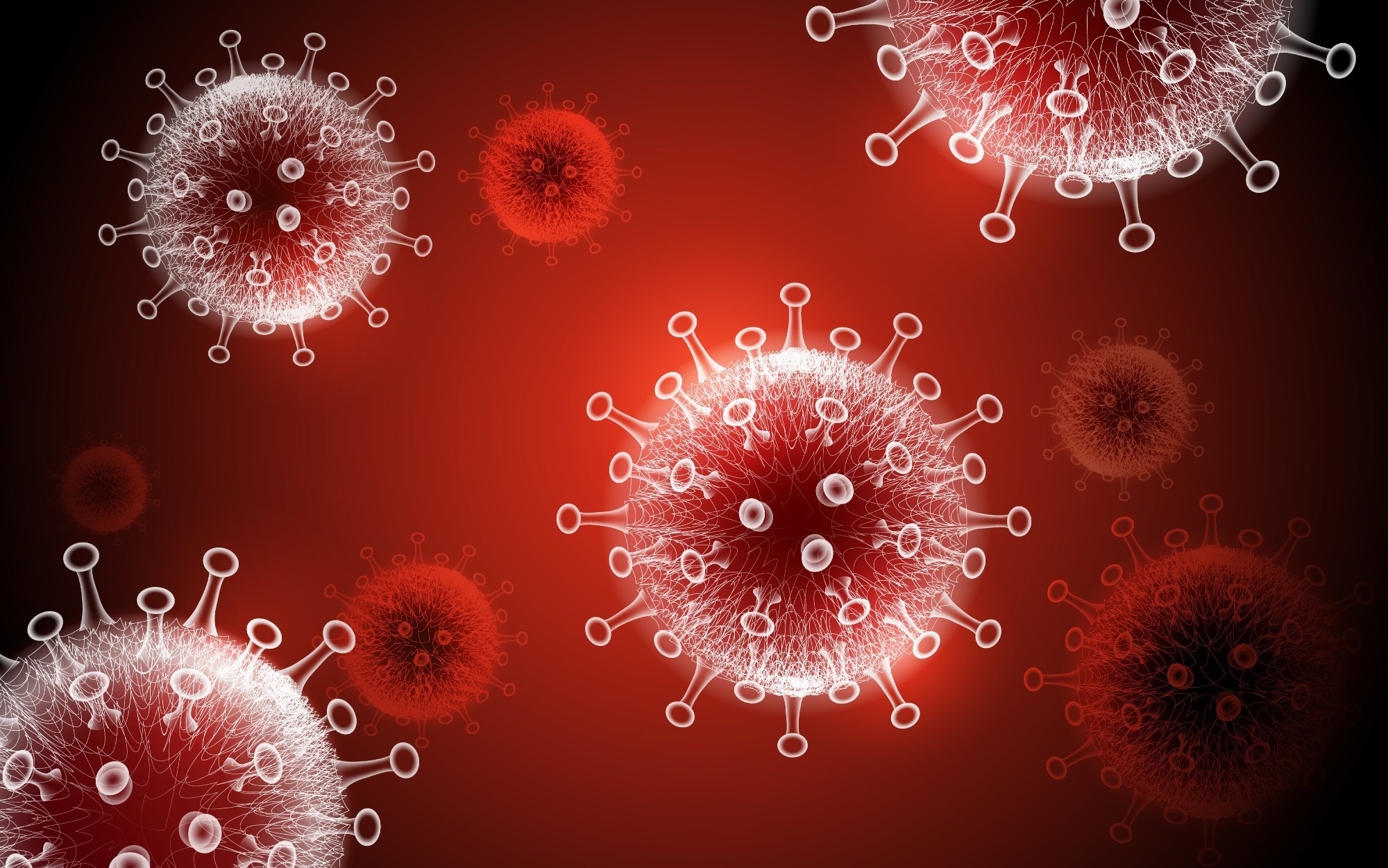In a recent study published in eBioMedicine, researchers evaluated plasma and nasal antibody titers responses induced by natural severe acute respiratory syndrome coronavirus 2 (SARS-CoV-2) infection and coronavirus disease 2019 (COVID-19) vaccinations among United Kingdom (UK) residents.
 Study: SARS-CoV-2-specific nasal IgA wanes 9 months after hospitalisation with COVID-19 and is not induced by subsequent vaccination. Image Credit: CKA/Shutterstock
Study: SARS-CoV-2-specific nasal IgA wanes 9 months after hospitalisation with COVID-19 and is not induced by subsequent vaccination. Image Credit: CKA/Shutterstock
Systemic anti-SARS-CoV-2 immunity is critical for COVID-19 prevention; however, mucosal immune responses prevent SARS-CoV-2 proliferation at the entry point of the host and, therefore, reduce onward SARS-CoV-2 transmission. However, data on mucosal defense against SARS-CoV-2 are limited and warrant further investigation.
About the study
In the present study, researchers reported on serological and mucosal immune responses to SARS-CoV-2 after one year of SARS-CoV-2 infection.
Nasal and plasma specimens were prospectively obtained from 446 adult PHOSP-COVID and ISARIC4C (severe acute respiratory and emerging infection consortium) participants hospitalized due to SARS-CoV-2 infection from February 2020 to March in the next year. In addition, specimens were obtained from healthy individuals without any history of pulmonary diseases. The specimens were obtained on the initial nine days of hospitalization and every 1.0 to 14.0 months post-discharge.
Specimens were also obtained semi-annually and annually between November 2020 and March 2022, spanning throughout the initial COVID-19 vaccine rollout in the UK. Wherever missing, COVID-19 vaccination data were extracted from ODAP (outbreak data analysis platform). COVID-19 severity was evaluated based on the World Health Organization (WHO) clinical progression scores.
Immunoglobulin G (IgG) and IgA antibody titers against nucleocapsid (NP) protein and spike (S) protein receptor-binding domain (RBD) of the SARS-CoV-2 ancestral strain, Delta variant, and Omicron variant were determined based on electrochemiluminescence multiplexed assays. The serological findings and SARS-CoV-2 neutralization findings were comparatively assessed. Further, the ratio of anti-RBD antibodies for the Omicron variant and the ancestral strain was determined to evaluate the extent of cross-reactivity. In addition, the PubMed database was searched using terms such as ‘nasal,’ ‘mucosal,’ ‘IgA,’ ‘antibody,’ SARS-CoV-2, COVID-19, ‘vaccination,’ and ‘convalescent’ for relevant reports written in English and published before July 20, 2022.
Results
Robust nasal IgA titers against SARS-CoV-2 S and NP proteins were observed, which were elevated for 9.0 months. In contrast, plasma and nasal IgG titers against SARS-CoV-2 S remained high ≥1.0 years, with plasma IgG titers elevated against all SARS-CoV-2 variants (lesser for Omicron) in comparison to controls. Between 6.0 months and one year, 307 individuals were vaccinated, coinciding with increased plasma and nasal immunoglobulin A and immunoglobulin G titers against SARS-CoV-2 S protein of all variants, tested, albeit only a 1.5-fold increase in nasal anti-S IgA titers.
Nasal antibodies induced by pre-Omicron variant infections were bound to Omicron in vitro better than plasma antibodies. Nasal IgA titers were reduced and were minimally boosted by vaccination, whereas plasma anti-S titers were consistent and boosted by COVID-19 vaccination. IgG titers against SARS-CoV-2 S were observed within 2.0 weeks of the onset of COVID-19 symptoms and increased 2181-fold after nine months, and unlike IgA titers, persisted above pre-pandemic levels.
Anti-NP IgG and IgA titers remained low after nine months. Whilst anti-S nasal titers peaked between six and nine months, and anti-NP titers peaked between three and five months, plasma titers peaked 28 days prior to waning. Serological titers against SARS-CoV-2 NP were constant post-10.0 months. Only two patients exhibited serological proof of reinfection (elevated IgG titers against SARS-CoV-2 S and NP proteins) post-infection. Post-vaccination, nasal IgA titers against SARS-CoV-2 S transiently increased, whereas no differences were observed between anti-NP and anti-S titer trajectories.
Contrastingly, nasal IgG anti-S titers increased considerably and peaked 100 days post-vaccination. Further analysis indicated that vaccinations might not completely evoke mucosal immunoglobulin A antibody responses. Nasal IgG and IgA titers against Omicron RBD and Delta RBD were observed within four weeks of the onset of symptoms and persisted at high levels for ≥9.0 months.
Pre-Omicron variant infections could induce Omicron RBD-binding plasma and nasal antibodies, which were more cross-reactive. COVID-19 vaccines boosted Delta-binding and Omicron-binding plasma and nasal IgG titers, although to a lower extent than ancestral strain titers. Contrastingly, Delta-binding and Omicron-binding nasal IgA titers were not significantly affected by COVID-19 vaccination. Plasma-neutralizing antibodies correlated with nasal anti-S IgG and anti-RBD IgG titers but not with nasal IgA titers.
Nasal IgA titer compartmentalization from plasma titers was observed with the formation of four clusters, resulting from the temporary boosted nasal immunoglobulin A titers post-recent COVID-19 vaccination, with a divergence between the plasma and nasal IgA titers with increasing time from vaccination. Cluster 1 comprised patients with robust plasma and nasal IgA titers. Individuals with the least plasma IgG and IgA titers comprised the second cluster, whereas those with the lowest nasal IgA titers were included in the third and fourth clusters.
Three relevant studies from the PubMed database were identified, which reported the persistence of nasal antibodies for three months to nine months and also an increase in nasal IgG and IgA 7.0 days to 10 days post-vaccination. The durable plasma and nasal IgG titers against all strains tested elevated by intramuscular vaccinations. However, the sample populations were small and largely comprised individuals with mild SARS-CoV-2 infections.
Overall, the study findings showed a drop in nasal IgA titers 9.0 months post-infection, which were minimally enhanced by COVID-19 vaccination, explaining the lack of long-term nasal protective defense against breakthrough infections. Distinct compartmentalization between serum IgA titers and nasal IgG and IgA titers was observed post-vaccination. The findings underscored the need to develop nasal immunity-enhancing vaccines and booster doses for durable cross-reactive immune responses.